Seven artists have now decided to boycott Spotify, according to Axios. These include Neil Young, Joni Mitchell, Nils Lofgren, India Arie, Graham Nash, David Crosby, and Stephen Stills. Each artist has made virtuous statements about why they are removing their content, each blaming new media content creator Joe Rogan.
But behind the bravado, others on the internet wonder if what may be really at work here is music artists’ dissatisfaction with how much money they can make on streaming platforms.
Ever since the invention of the iPod, music distribution has taken a radical departure from the days of vinyl and cassettes. The entire music industry was consumed and transformed by the internet, one of the most significant megatrends of digitization. It’s given rise to online music and video, as well as “over the top” broadcasting where users pick and choose what they want to watch on personal devices. Podcasts and vlogs are available in infinite variety and streaming content in quantities almost as plentiful.
It has also meant that content has become a commodity, an economic property that devalues the premium pricing business models of older entertainment formats and platforms. The economics of payments for content creators have dropped precipitously, and artists have suffered when it comes to the monetary rewards of their work. Music is a make once and earn royalties forever type of product. It is different from new media content, which is experiential in the present. New media is produced at lower production values with an emphasis on constantly new material to keep the viewer’s attention.
In the economics of streaming, both royalty model content and new media content are treated the same way. The creator is paid on a per view rate basis. According to the digital rights activism blog freeyourmusic.com, the payment rate averages around $0.00437 per stream; that’s just under half a penny. It takes 229,000 streaming events to make $1,000.00. Spotify, along with Amazon, is one of the better payers of commodity rates. It can take over half a million views to make $1,000.00 on Google’s YouTube and requires over three-quarters of a million views to make the same on Pandora.
Artists do not like this situation and have been banding together trying to get the payment rate up to around a penny per view on the platforms. The platforms, dealing with their own economic monetization model issues, have not been responsive to their overtures.
One consequence of this has been a movement by artists to explore the use of non-fungible tokens (NFT’s) as a potential method to turn a commodity datafile back into the equivalent of a vinyl records that you can only play if you physically own it. This is recent technology that, if it were to really go forward, would require all artists to de-platform their creations and re-platform them into a blockchain NFT economic model that acts like a digital Blockbuster store.
The problem with this is that the platforms can just as easily manage renting viewing rights to customers. Indeed, they do so now, as anyone with an Amazon Prime account or a Roku “over the top” control box knows. So, it’s hard to imagine that a new and more cumbersome digital rights management technology that acts like a form of cryptocurrency is a must-have for either creator or consumer.
The rub is that this is only really needed by the creator once, and earns royalties in perpetuity portion of the internet entertainment’s content. The new media side of the industry perfectly meshes with the existing platform pay per view system because this kind of product can earn windfall profits, if a piece of content raises its visibility on the internet and goes viral.
Viral class new media content such as programming by “The Joe Rogan Experience” show can garner over eleven million live stream viewers per episode. In comparison, a cable news network typically reaches Nielsen viewer estimates of around 3 million viewers for their prime time programming. Rogan’s company can release up to four episodes per week. At $4 per thousand views, that’s over $9 million dollars per year in payments from Spotify alone.
And that’s just in the U.S. In places like mainland China, a viral piece of content can reach 100 million views overnight, making the term “TikTok sensation” worth handsome sums. It’s these types of sensation creators that drive the pricing schedules of the streaming platforms.
Music artists with old and stale content relying on the residual royalty model just don’t fare well when put into the same price schedule as new media. And that is what I think is probably more at the heart of some music artists, when it comes to boycotting streaming services.
The point is that these music artists have other gripes with these streaming engines.
And there’s one other aspect of why they may choose to speak up, in addition to personal value reasons. Making noise that gets you into the mainstream news makes you more visible. This means more people will click on your content and that makes you another $4.00 per thousand views.
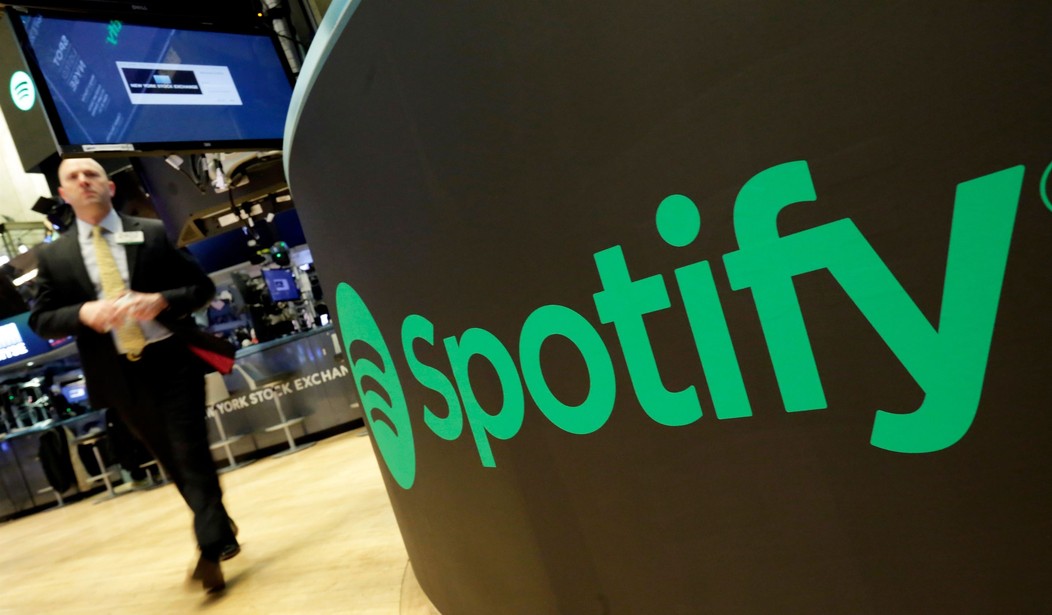


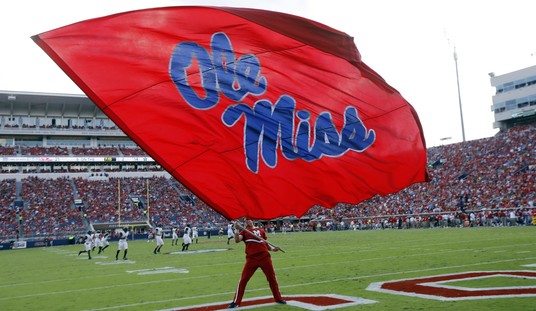
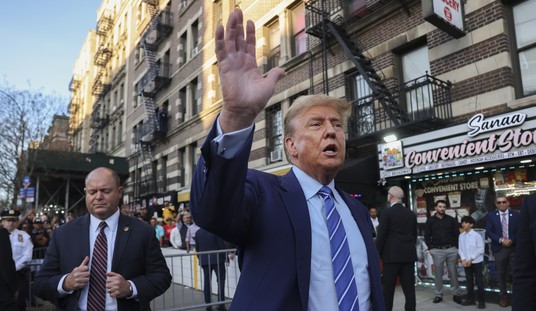
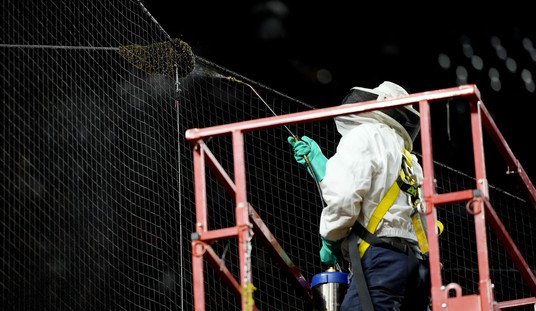
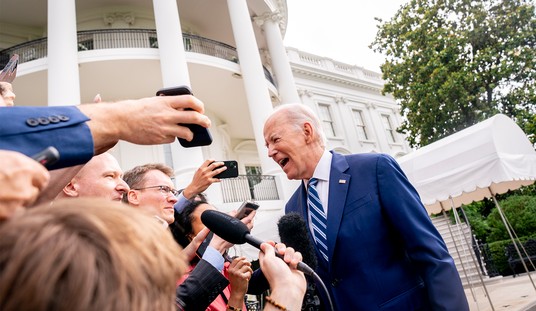

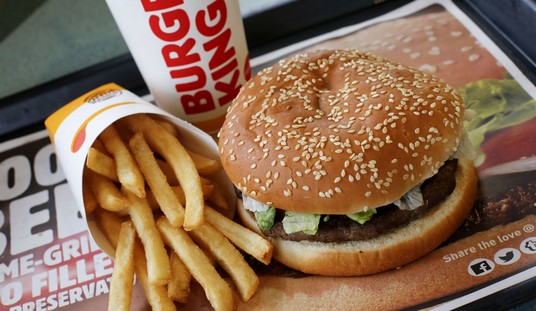
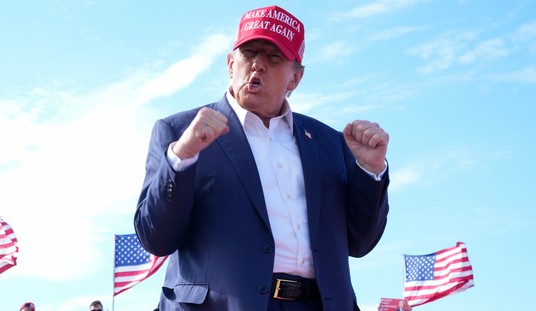

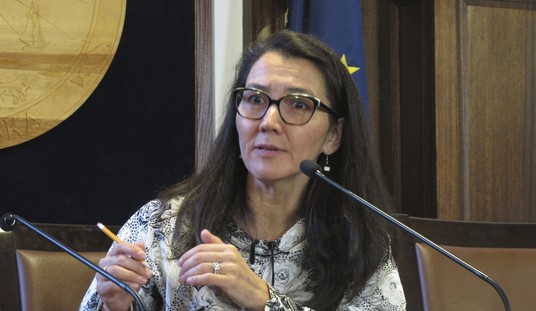

Join the conversation as a VIP Member